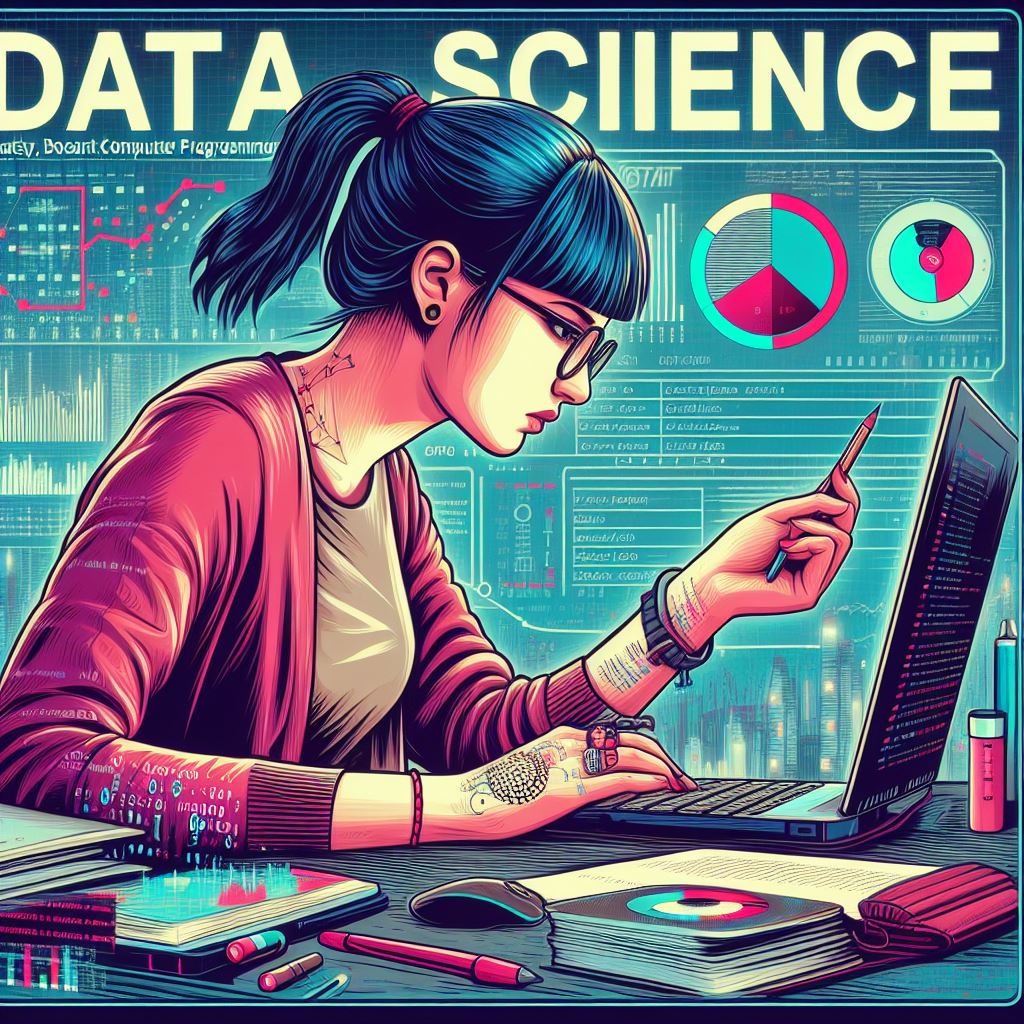In today’s data-driven world, data science has emerged as a powerful tool for businesses to make informed decisions, optimize processes, and discover valuable insights hidden within massive datasets. A crucial skill in any data scientist’s toolkit is the ability to efficiently query, manage, and manipulate data using SQL (Structured Query Language). SQL plays a pivotal role in data science by providing the means to interact with relational databases, retrieve valuable data, and perform complex analytical tasks. Whether you’re analyzing customer behavior, optimizing business operations, or building predictive models, SQL is essential for unlocking the power of data science.
Why SQL is Critical for Data Science
SQL is the standard language for managing and querying relational databases, which are widely used to store structured data in fields such as business, healthcare, finance, and marketing. With SQL, data scientists can easily interact with databases to extract relevant information, aggregate data, and filter datasets for further analysis. Unlike unstructured data formats such as text files or logs, structured data in relational databases offers clear organization and allows for faster, more accurate querying.
SQL enables data scientists to perform a variety of tasks, from basic data retrieval to complex aggregations, joins, and subqueries. By mastering SQL, data scientists can save valuable time and effort, ensuring that they can focus more on the analysis and modeling aspects of data science.
Key SQL Skills for Data Science
To fully leverage SQL in data science, there are several essential skills and techniques to master:
Data Retrieval: The most basic and fundamental SQL skill is retrieving data from a database using the SELECT statement. This allows data scientists to filter, sort, and aggregate data, setting the foundation for any analysis.
Joining Tables: In real-world scenarios, data is often spread across multiple tables. Using SQL joins (INNER JOIN, LEFT JOIN, RIGHT JOIN, and FULL JOIN), data scientists can combine information from different tables, enabling more complex and insightful analyses.
Aggregating Data: SQL’s aggregate functions (such as SUM, AVG, COUNT, MAX, and MIN) allow data scientists to summarize large datasets, uncover trends, and gain insights into key metrics.
Filtering Data: SQL’s WHERE clause is used to filter data based on specific conditions, helping data scientists focus on the most relevant subsets of data.
Subqueries: A subquery is a query nested inside another query. This advanced SQL technique enables data scientists to perform more complex queries, where the result of one query feeds into another.
SQL in Data Science Workflows
SQL is an integral part of the data science workflow, often serving as the foundation for other advanced techniques such as machine learning. Before any modeling can be done, data scientists typically clean and prepare data, which often involves writing SQL queries to remove duplicates, handle missing values, and create new features. Once the data is prepared, SQL can help in feature selection by querying only the most relevant variables, making sure that machine learning algorithms have the best possible data to work with.
Moreover, SQL can be used to interact with a variety of data science tools and libraries. Python, for example, can connect to SQL databases using libraries like SQLAlchemy and pandas, allowing data scientists to seamlessly integrate SQL with their machine learning workflows.
SQL and Data Science Career Prospects
Mastering SQL is essential for anyone looking to pursue a career in data science. Whether you are working as a data analyst, machine learning engineer, or data scientist, SQL proficiency is often a requirement. As businesses continue to adopt data-driven decision-making practices, the demand for skilled data professionals who can work with SQL and other data tools is growing. Learning SQL gives you a competitive edge in the job market and provides you with the skills needed to solve real-world data problems.
Conclusion
SQL is an indispensable skill in the field of data science. By understanding how to query and manipulate data with SQL, data scientists can streamline their workflows, enhance their analysis, and extract valuable insights from structured data. Whether you are just getting started in data science or looking to sharpen your skills, SQL is a critical tool that every data scientist should master.
